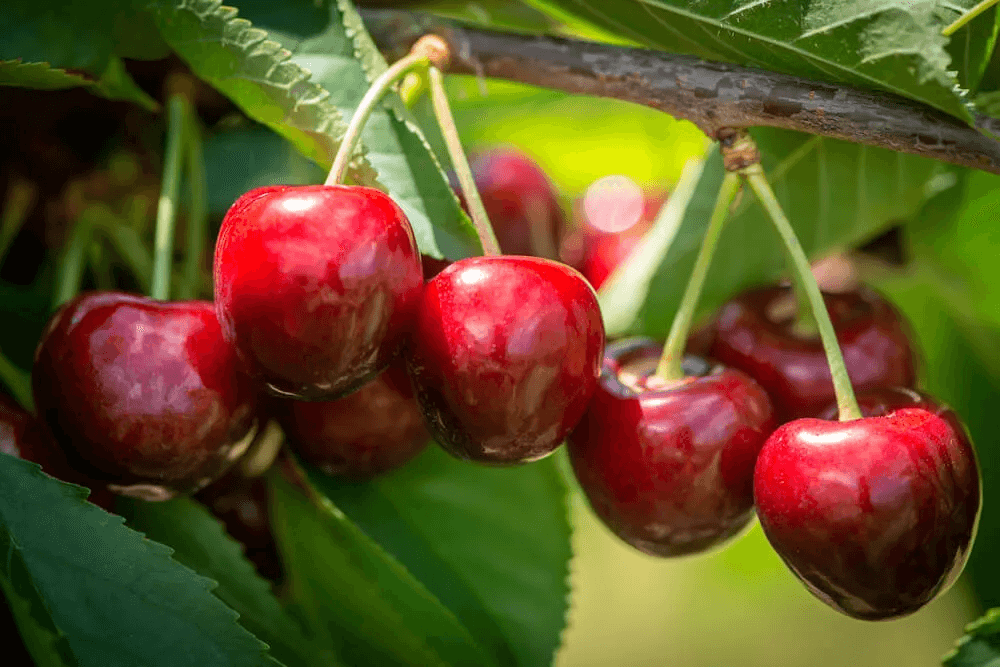A family-run business, Cherries Tasmania Orchards produces premium quality cherries on approximately 80 hectares at Old Beach, near Hobart. Managed by fourth-generation fruit grower Nic Hansen and his family, it employs up to 200 seasonal workers during the peak of the summer production, which lasts from eight to nine weeks. AgPick was implemented in 2021.
The Challenge
When the Fair Work Commission announced a change to the horticulture award in 2021, requiring growers to record piecework rates and pay pickers the minimum hourly rate by April 2022, Cherries Tasmania Orchards seized the opportunity to take its record-keeping to the next level.
The experienced grower had long been seeking to migrate to an automated system for labor management before CEO Nic Hansen met the AgPick team at the 2021 Fruit Growers Tasmania conference and started the conversation.
As part of the due diligence process during selection, Cherries Tasmania spoke with other growers already using AgPick and found that both the technology and the team were highly recommended: the technology for its ease of use and accuracy, and the team for its relational and approachable manner.
The Solution
To specifically address Cherries Tasmania’s needs, AgPick enhanced the tool's features to create a model for cherries.
A detailed dashboard captures and uploads information in real-time. AgPick's accurate reporting system enhances traceability, informing growers about who picked their fruit, who is leading in production, and what quality issues can be attributed to the pickers.
The packing shed team also knows what volume and quality of fruit to expect. This way, the grower can better control quality issues, take appropriate actions, and eliminate potentially costly quality control errors.
AgPick enhances the calculations and reports on piecework rates, recording different piecework rates for different tasks on multiple blocks, which can be exported to payroll. The system supports both hourly and piecework operations and allows individual workers to switch easily from hourly rate to piecework rate.
It also implements a net change history, using an immutable blockchain of user interactions with the system, which allows for replaying entire workdays from basic transactions, adjusting final outcomes, and easily understanding a process that occurs in the real world.
The Result
AgPick was configured and implemented in four weeks and was ready from the day of the Tasmania cherry harvest. It can now be easily applied to any cherry operation quickly.
Compliance with the Horticulture Award was the immediate benefit for Cherries Tasmania. However, with increased data collection in future harvests, Nic Hansen expects an increase in productivity and efficiency, such as knowing when pickers are at peak productivity or when it's time to end the day.
Direct input of pickers’ quantities is used to support collection and recording. AgPick can select "grade" and "customer" to allow for an immediate report of quantities picked per contract or grade at the block level and summarized by day. It records attendance and labor information for all farm activities, including maintenance and overheads, in addition to managing packing shed labor.
Besides tracking pickers' movements and productivity, the model includes an SMS system that allows growers to recruit and communicate directly with potential pickers to plan their labor before the cherry season.
Read the full article: AgPick
Image: AgPick
Cherry Times - All rights reserved












